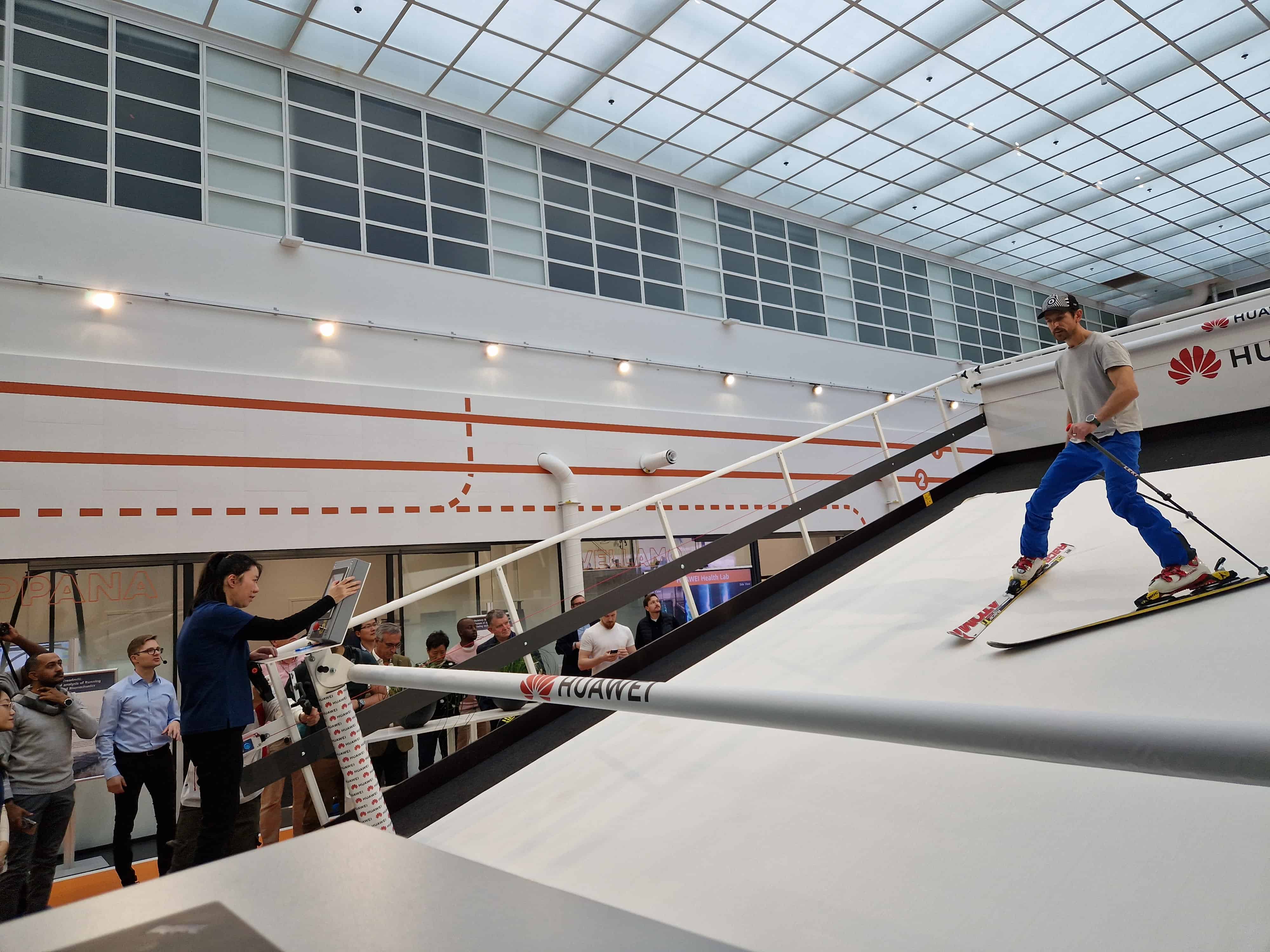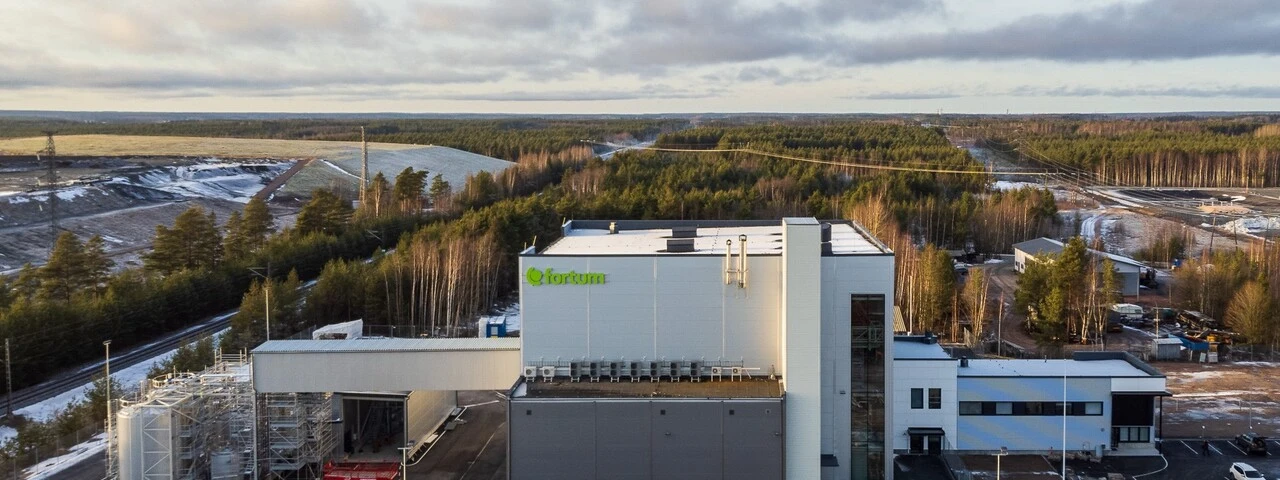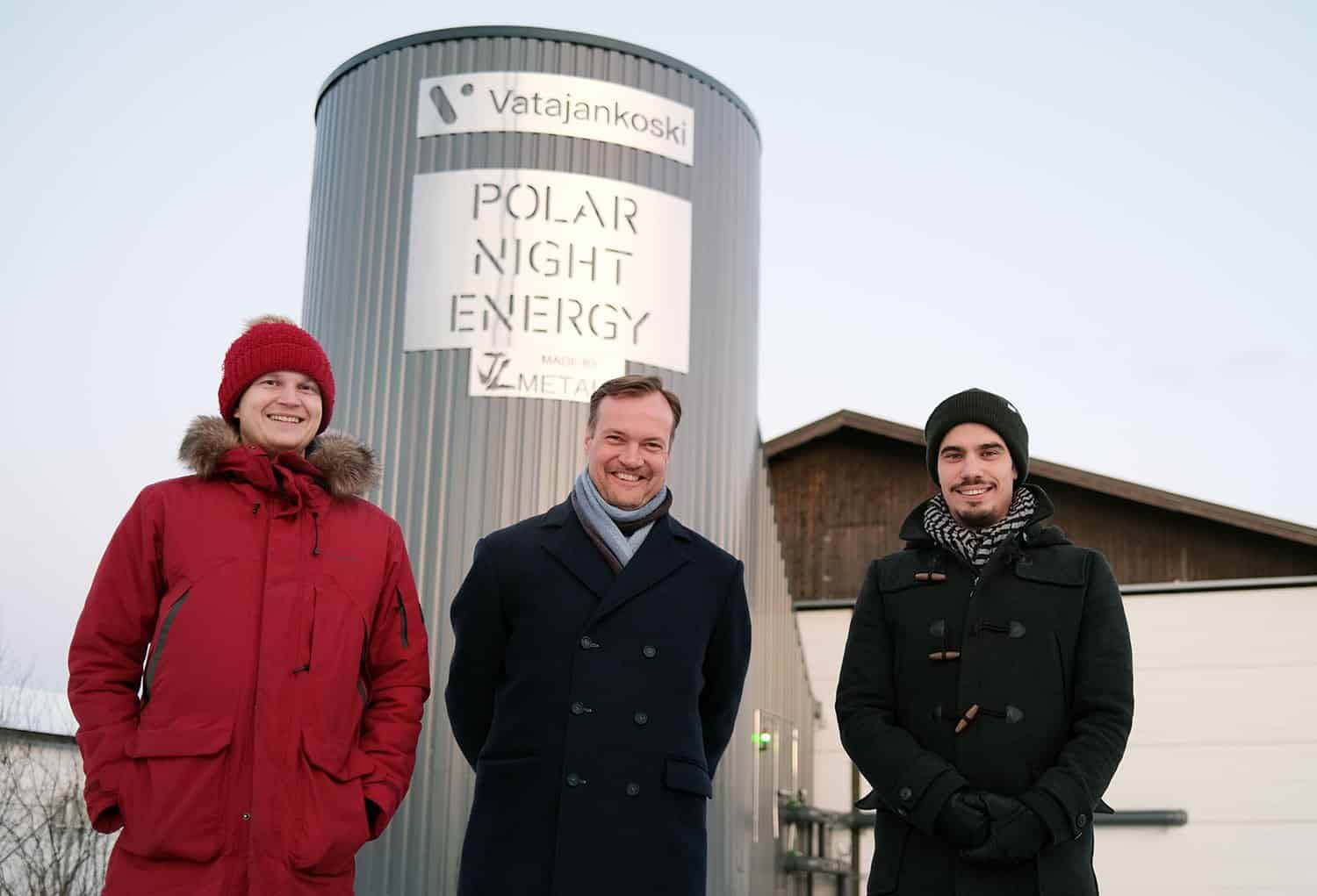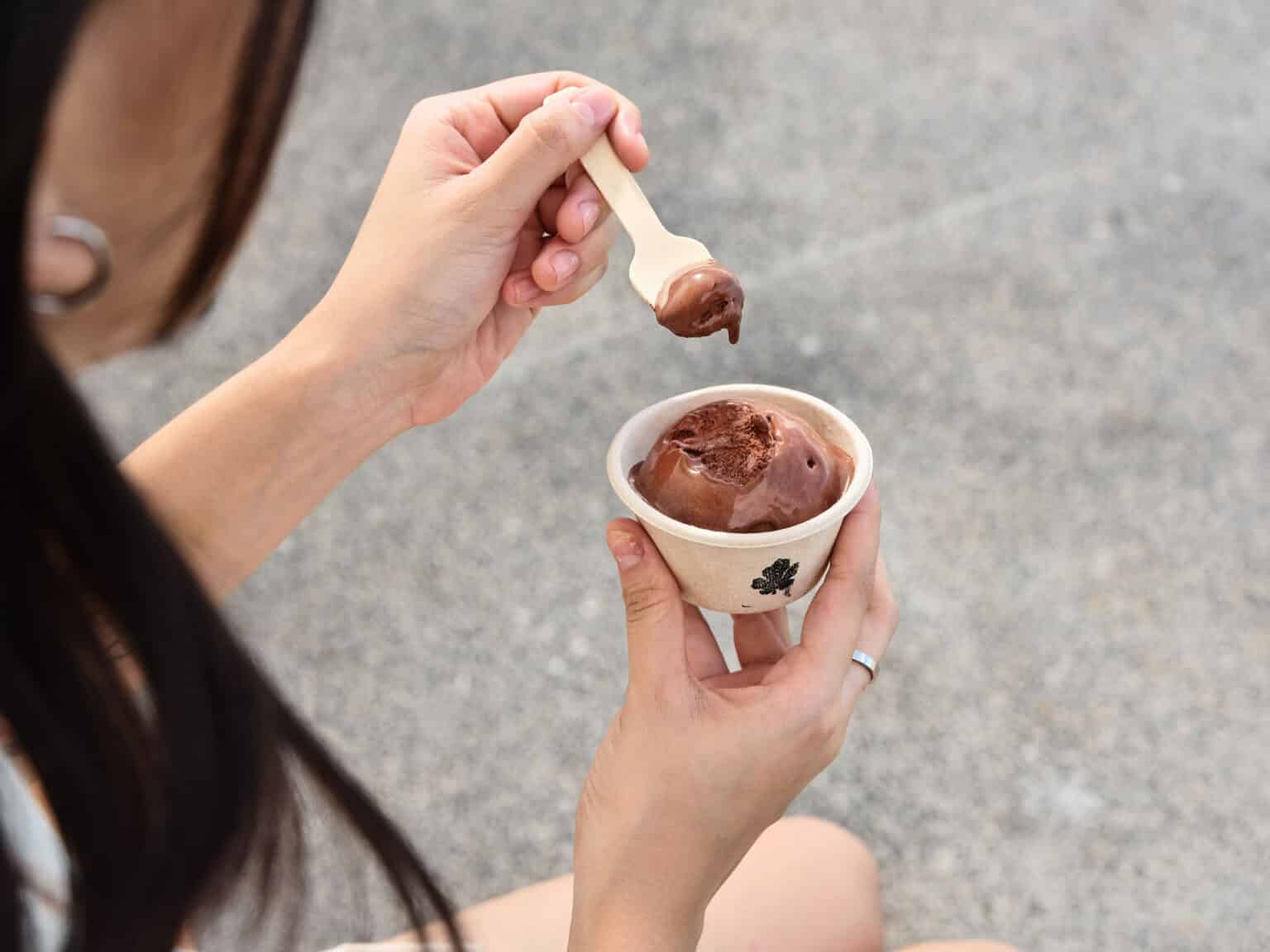
“At a doctor’s appointment, children are often a bit frightened. They connect those settings with bad memories of acute illness or something that could be threatening to them,” says Leena Haataja. She’s a professor of child neurology at the University of Helsinki, Finland, with over 30 years of experience with disabled children. Yet, analyzing developmental abilities in the first year of life is fundamental. Even more so if there is any concern about the baby’s wellbeing, as there’s still room for intervention.
Haataja is part of a cohort of multidisciplinary researchers from the Finnish university who developed MAIJU – Motor Assessment of Infants with a Jumpsuit. The wearable can assess the neurological evolution of babies from when they start moving around until they reach fluent walking, usually before two years of age. Recording activity with the smart jumpsuit aims at giving more insights, detecting potential neurodevelopmental problems, and planning therapeutic interventions accordingly. What’s more, it can be used at home, in babies’ comfort zone.
Scientists gathered data by tracking infants during spontaneous playtime, to train an algorithm able to recognize postures and movements. MAIJU is now available to other researchers for further use.
When babies start to move
At five months of age, babies begin to move around. They might not be able to crawl yet, but they start to push and drag themselves when playing. One year later, they start to build their vocabulary and show a preference for using one hand over the other. This span of time is crucial in a baby’s growth process as the first signals of impairment can be detected.
“Intervening as early as possible is fundamental if development is not following the typical path. The brain in those months is particularly plastic and the earlier the intervention happens, the better the functional outcome,” underlines Haataja.
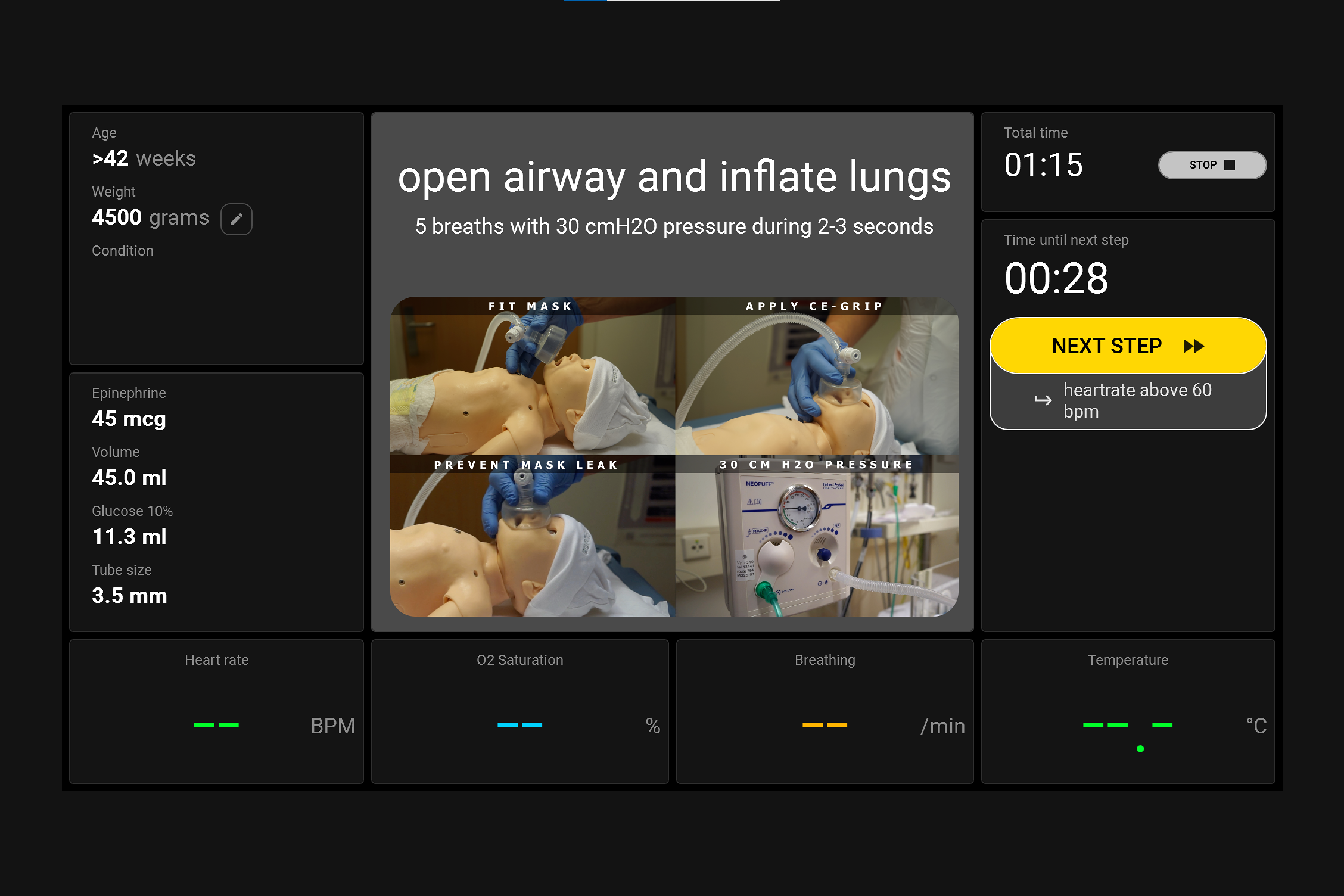
Classifying movement with the smart jumpsuit
MAIJU was developed within the BABA – BAby Brain Activity – Center of Children’s Hospital of Helsinki. It features sensors tracking movement, comparable to ones used in modern smartwatches – the so-called accelerometers and gyroscopes. The sleeves and legs of the smart jumpsuit have pockets for the sensing units. These are big enough not to be swallowed by the babies.
Every limb has a sensor, and each one of them streams data to a nearby mobile phone. The recordings are later uploaded to a cloud, where it’s up to artificial intelligence to analyze data. Managing this stream of data was one of the main technical challenges, according to Manu Airaksinen, a Ph.D. researcher in artificial intelligence at the University of Helsinki.
“While observing adults, it’s easy to come up with categories for defining their movement – even when spontaneous. Conversely, infants change their behavior continuously. Every minute, we get about 1200 measurements, and creating a precise classification scheme was harder. Two parameters help us classify an action: posture and quality of the movement,” Airaksinen underlines.
Spontaneous activities to get realistic insights
The procedure for recording data is simple. First, researchers set up and connect the suit to a phone in the lab. Then, as it arrives at the baby’s home, one of the parents dresses the infant, encouraging the baby to play spontaneously for at least an hour.
One of the problems in studying a child’s motor development was the lack of a system for assessing it quantitatively. Besides, Finnish researchers wanted to take examinations outside of the hospitals. Activities like spontaneous playtime at home can reveal a lot about a toddler’s development.
“If you want to understand how motor development is proceeding, you need to bring the analysis inside the infant’s daily activities,” underlines Sampsa Vanhatalo. He’s a professor of Physiology and BABA center’s director. “In those settings, they behave freely and express themselves,” Haataja adds.



‘Children don’t mind’
So far, the device has been welcomed positively by hospitals around the world. Some criticisms concern the impact of Bluetooth radiation. Vanhatalo defines it as “lower than the ones emitted by smartphones”. Another remark received by the researchers regards the suit’s synthetic fabric. “It allows being flexible enough while keeping a good fitting on different infants. Parents can be picky about these details, without recognizing that the baby would wear the suit for a few hours only,” says Vanhatalo.
In the end, the final users don’t seem to care too much about these details. “Children don’t mind,” stresses Haataja. “It doesn’t matter if they are using it in Finland, Italy, or Malawi. Despite all the concerns other researchers or parents may have shown before testing it, the reaction is the same.”
Upward motor development trajectory
MAIJU intends to help doctors in gaining evidence, but it doesn’t have the last say on a diagnosis. “First of all, we don’t have enough evidence to claim it. Second, the device should never make the decision, but it can assist in supporting the diagnosis,” emphasizes Vanhatalo.
Measuring how much time the infant spends in a specific posture acquires value when matching this information with the baby’s age. Movements measuring provides an overview of the child’s growth. In the researchers’ analysis, it looks like an upward trajectory in the motor growth chart.
The reliability of the smart jumpsuit is now comparable to the one of a human observer that would watch a video recording of a baby playing. Following machine learning processing, researchers can compare data to the age group at each recording. This helps analyze the infant’s growth patterns.
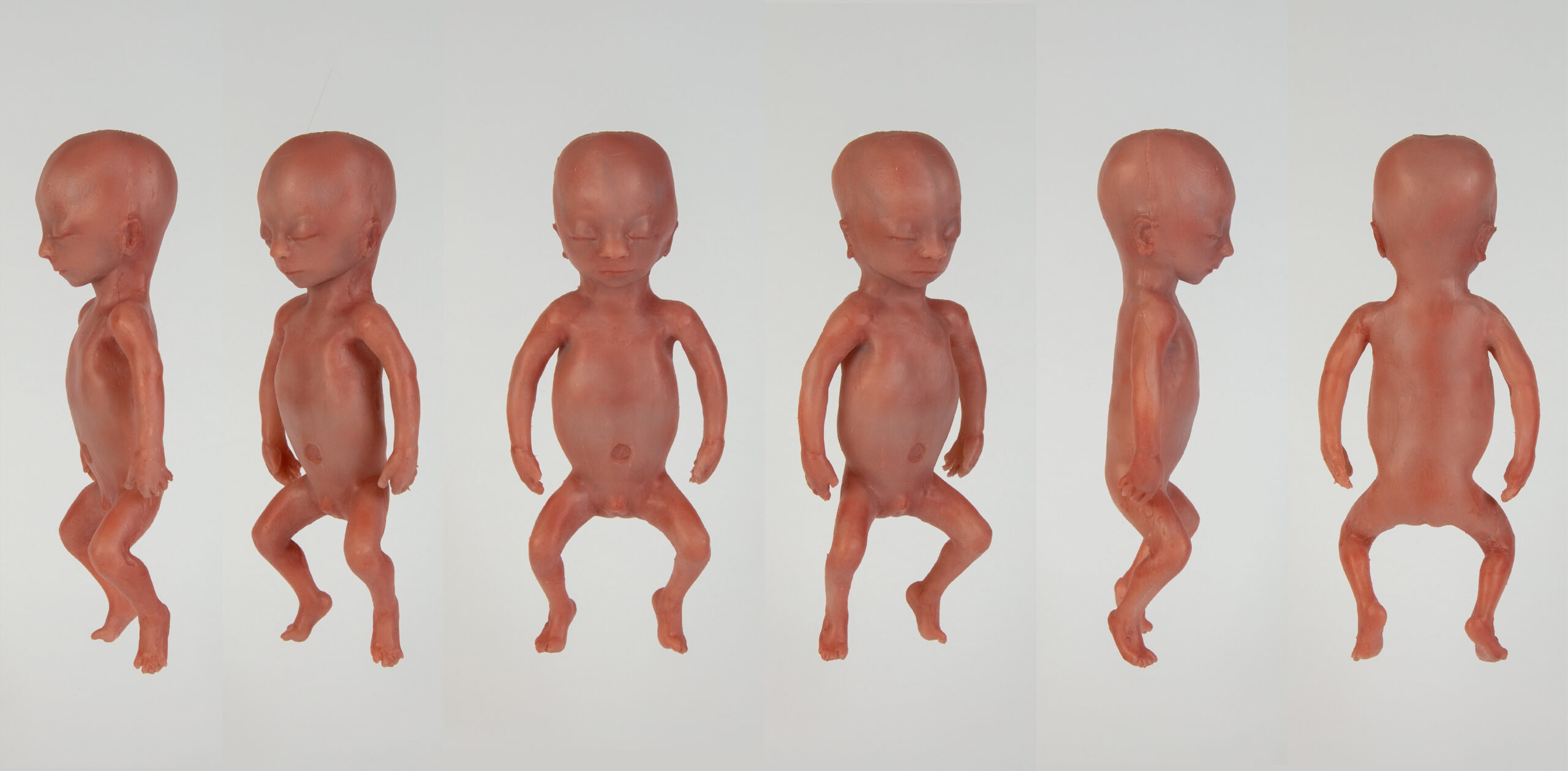
Readapting the technology
What’s more, the same technology could work in other use cases. With some adjustments to the device and to the software, the research group will collect movement data of older children suffering from Attention Deficit Hyperactivity Disorder – ADHD. “Clearly, we will have to train different algorithms since they move differently,” underlines Vanhatalo.
On the technical side, Airaksinen points out that the team will cut reliance on a data streaming system. “We’d like to have sensors with a larger memory. This way, there is no need for continuous data streaming to a nearby smartphone.”
Most importantly, Helsinki University’s team stresses the openness of their initiative. At this stage, proving the full functioning of the smart jumpsuit is the main goal, as well as building interest and trust. “As researchers, we all have different practices, so it’s not easy to break through each professional’s routine. That’s why we want to be open and transparent. By providing other people full access to the recordings, we show them the analyses obtainable with MAIJU. We want to see what this technology can add on,” sums up Haataja.


